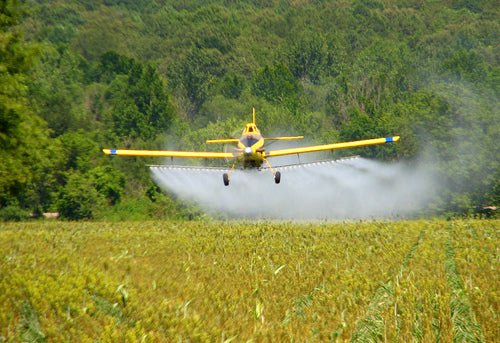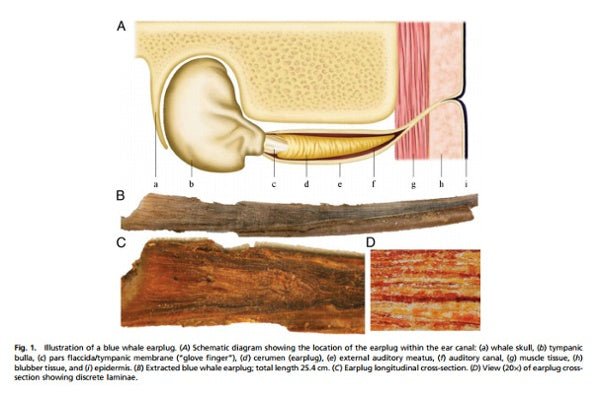
The World We Leave our Children and the Movie Unacceptable Levels
I've spent a lot of time thinking about the blue whale and the ear wax that I wrote about last week, a little voice inside my head has been repeating, how can this be? I have spent my whole life in, on and under the ocean, it seems so vast, how can this be?
The fact a blue whale living in the open ocean could become contaminated with pesticides seems almost impossible, but the evidence is clear, either the ocean is a lot smaller than we beleive or we use a lot more chemicals than we believe.
I wanted to understand the issue more deeply so today I went back and read the study from the National Academy of Sciences: Blue whale earplug reveals lifetime contaminant exposure and hormone profiles. In reading the study l learned about POP's (Persistent Organic Compounds), which are also classified as PBT's (Persistent, Bioaccumulative and Toxic) or TOMPs (Toxic Organic Micro Pollutants), which Wikipedia says are:
"organic compounds that are resistant to environmental degradation through chemical, biological, and photolytic processes. Because of this, they have been observed to persist in the environment, to be capable of long-range transport, bioaccumulate in human and animal tissue, biomagnify in food chains, and to have potential significant impacts on human health and the environment."

It's stunning to think you could spray pesticides on a field one time and then they persist in the environment for generations wreaking harm, even for creatures in the open ocean. In the study of the blue whale the researchers found 20% of the total contamination of the whale had actually been from the mother, the compounds had been accumulated through maternal transfer.
This got me thinking about humans, but before I share what I learned I want to make a disclaimer. While I spend a great deal of time thinking about the most eco-friendly choice when choosing a product, and making the most eco-friendly clothing at PuraKai, make no mistake, as a consumer I still have a long way to go before I become the poster boy for the most eco-friendly consumer. I'm still complicit and part of the problem, we all are, and that's what we must all understand, and ultimately overcome.
So what's the troubling news. For many years scientists believed the the placenta shielded cord blood and the developing baby from most chemicals and pollutants in the environment. However in a study done by the EWG in 2005 it was found there were 200 industrial chemicals and pollutants in umbilical cord blood from 10 babies born in 2004. As stated in the study:
"Tests revealed a total of 287 chemicals in the group. The umbilical cord blood of these 10 children, collected by Red Cross after the cord was cut, harbored pesticides, consumer product ingredients, and wastes from burning coal, gasoline, and garbage.

This study represents the first reported cord blood tests for 261 of the targeted chemicalsand the first reported detections in cord blood for 209 compounds. Among them are eight perfluorochemicals used as stain and oil repellants in fast food packaging, clothes and textiles — including the Teflon chemical PFOA, recently characterized as a likely human carcinogen by the EPA's Science Advisory Board — dozens of widely used brominated flame retardants and their toxic by-products; and numerous pesticides.
Of the 287 chemicals we detected in umbilical cord blood, we know that 180 cause cancer in humans or animals, 217 are toxic to the brain and nervous system, and 208 cause birth defects or abnormal development in animal tests. The dangers of pre- or post-natal exposure to this complex mixture of carcinogens, developmental toxins and neurotoxins have never been studied."
Another study was done in 2007 and 2008. In that study the laboratories identified up to 232 industrial compounds and pollutants in ten minority babies, finding complex mixtures of compounds in each infant. And both studies indicated there are no current studies that tell us what these cocktails of compounds might do to a human, let alone a developing fetus.
For me the take away from gaining this knowledge is best described by a quote I heard many years ago, attributed to Dietrich Bonhoeffer, a famous German theologian who was hung in Nazi concentration camp just 43 days before the end of the war because of his role in trying to defeat Hitler.
Dietrich stated:
“The ultimate test of a moral society is the kind of world that it leaves to its children.”
And based on the movie Unacceptable Levels and the testing done in the two EWG studies the question for our generation becomes this:
Are we capable of making choices today so that our children live in a less toxic world in the future?
If so, what choices are we willing to make today? It's not an easy question, but our actions will determine the world we leave to our children.






Leave a comment
This site is protected by hCaptcha and the hCaptcha Privacy Policy and Terms of Service apply.